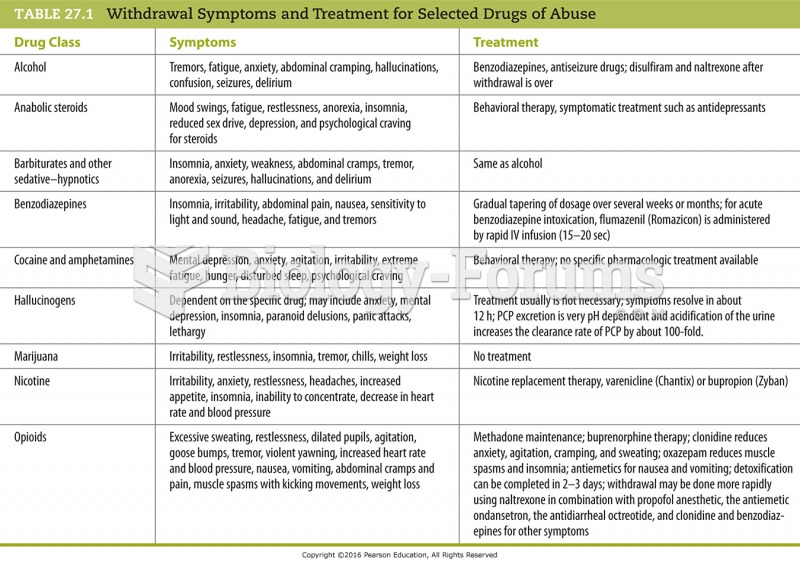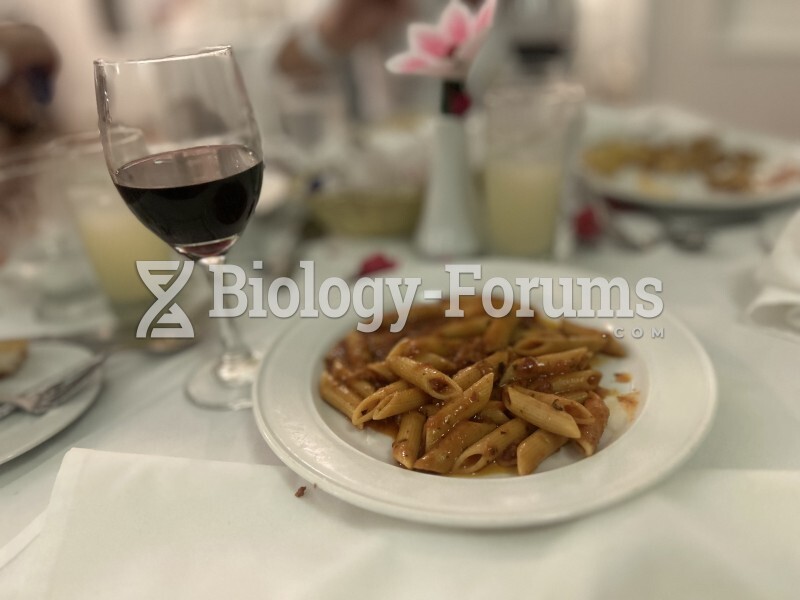Answer to Question 1
The effort to recover, copy, and produce accurate editions of Classical writings dominated the early history of the Renaissance in Italy. Among the humanists of Italy, Classical writings kindled new attitudes concerning the importance of active participation in civic life. Around this time, the Renaissance notion of the self-made individual arose. Qualities of a Renaissance person was summed up in the Italian word virt, the combination of skill, talent, fortitude, ingenuity, and the ability to determine one's destiny that cultivated a self-confident vitality. The Florentine humanist Leon Battista Alberti espoused these qualities, warning that that idleness is the enemy of human achievement, while the performance of manly tasks and the pursuit of fine studies are sure means to worldly fame and material fortune.
The humanist philosopher Marsilio Ficino translated the entire corpus of Plato's writings from Greek into Latin, making them available to Western scholars for the first time since antiquity. Ficino's translations and the founding of the Platonic Academy in Florence (financed by Cosimo) launched a reappraisal of Plato and the Neoplatonists that had major consequences in the domains of art and literature. From Plato, Ficino advanced the idea that platonic (or spiritual) love attracted the soul to God. Platonic love became a major theme among Renaissance poets and painters, who held that spiritual love was inspired by physical beauty.
Giovanni Pico della Mirandola, a contemporary of Ficino, undertook the translation of various ancient literary works in Hebrew, Arabic, Latin, and Greek. Humanist, poet, and theologian, Pico sought not only to bring to light the entire history of human thought, but also to prove that all intellectual expression shared the same divine purpose and design. Pico's monumental efforts typified the activist spirit of Renaissance individualismthe affirmation of the unique, self-fashioning potential of the human being. Boldly challenging the Church to debate some 900 theological propositions, he built an argument for free will and the perfectibility of the individual. Describing the individual's position as only a little lower than the angels, he stressed man's capacity to determine his own destiny on the hierarchical chain of being that linked the divine and brute realms.
Answer to Question 2
Francesco Petrarch, one of the most famous of the early Florentine humanists, devoted his life to the recovery, copying, and editing of Latin manuscripts. The study and interpretation of ancient Greek and Roman texts, preserved for centuries by Christian and Muslim scholars, was a fundamental feature of Classical humanism. Petrarch was a tireless popularizer of Classical studies, writing hundreds of letters describing his admiration for antiquity and his enthusiasm for the Classics. In a letter addressed to his friend Lapo da Castiglionchio, Petrarch laments the scarcity and incompetence of copyists, bemoans the fact that books that are difficult to understand have sunk into utter neglect, and defends his ambition to preserve them, despite the inordinate amount of time it takes to copy them. A Christian of his time, Petrarch carried an unresolved dissonance between the dual imperatives of his heritage: the Judeo-Christian will to believe and the Classical will to reason.
Petrarch's life had a profound influence for all Classical humanists and, subsequently, modern society. He established the standards for the study of the Latin classics, and, by insisting on the union of ethics and eloquence, he pioneered the modern ideal of the educated individual.







